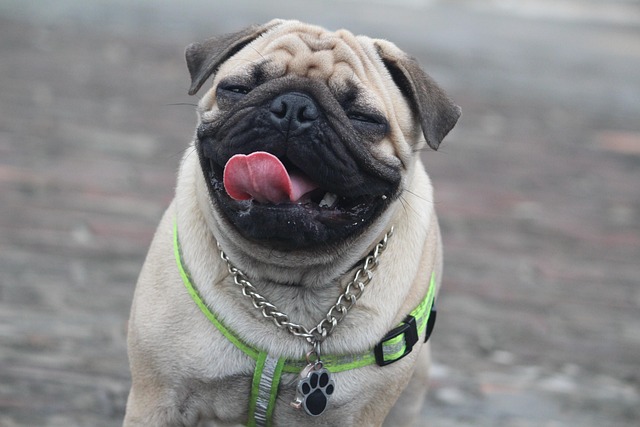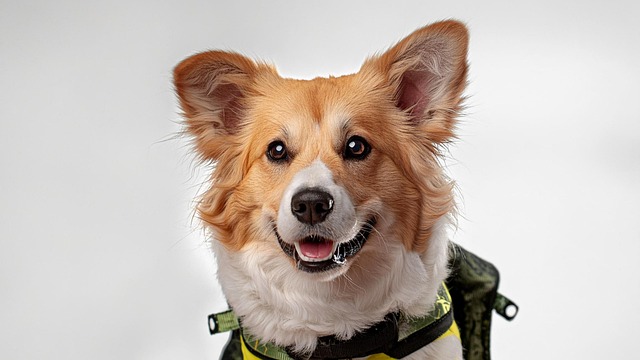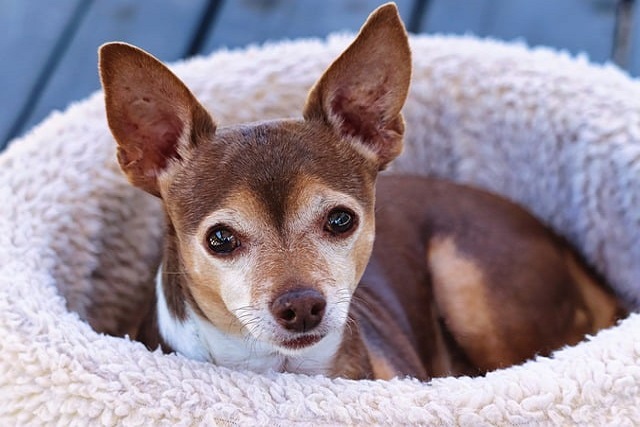Pugs are little bundles of energy with big personalities, and while their barks might sound cute at first, they can quickly become a hassle—for you, your neighbors, and even your pup. Understanding why your Pug is barking is the first step to calming things down. These dogs are social creatures, so they might bark to get your attention, when they’re bored, or even because they’re feeling anxious. That tiny body holds a lot of emotion, and barking is their way of talking.
Start by figuring out the trigger. Is it the mailman walking by the window? A squirrel darting up a tree? Or maybe they’re just letting you know they want a walk or a treat? Once you spot the pattern, you can work on redirecting their focus. When you see them getting ready to bark—maybe their ears perk up or their body tenses—distract them with a favorite toy or a quick training command like “sit.” Rewarding quiet behavior with a small treat or lots of praise helps them learn that staying calm gets good things. Consistency is key here; Pugs are smart, but they need repetition to get the message.
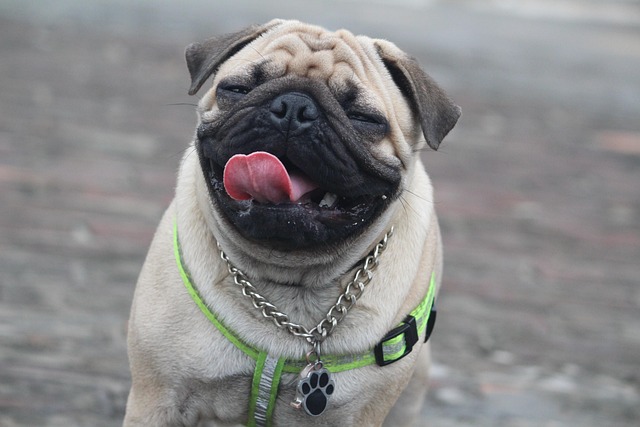 Exercise is another secret weapon. A tired Pug is a quiet Pug. These dogs love short walks and play sessions, but they don’t need marathon workouts—their squishy faces mean they can overheat easily. A 15-minute walk in the morning and some fetch in the yard in the evening can burn off that excess energy that turns into barking. If you’re stuck inside, puzzle toys filled with peanut butter (make sure it’s xylitol-free!) can keep their brains busy and their mouths shut.
Exercise is another secret weapon. A tired Pug is a quiet Pug. These dogs love short walks and play sessions, but they don’t need marathon workouts—their squishy faces mean they can overheat easily. A 15-minute walk in the morning and some fetch in the yard in the evening can burn off that excess energy that turns into barking. If you’re stuck inside, puzzle toys filled with peanut butter (make sure it’s xylitol-free!) can keep their brains busy and their mouths shut.
It’s important to remember that yelling at your Pug when they bark usually makes things worse. They might think you’re joining in the noise, or they could get scared, which leads to more barking. Instead, stay calm and wait for a lull in the barking, then reward that silence. Over time, they’ll connect quiet with positive attention. Also, keep in mind that some barking is normal—no dog is silent all the time. Being reasonable about what’s manageable helps keep both of you less stressed.
Neighbors matter, too. Many areas have noise ordinances that apply to excessive barking, so keeping your Pug’s vocalizations in check isn’t just polite—it’s often required. If you live in an apartment or a tight neighborhood, working on barking issues shows respect for those around you. Plus, a well-behaved Pug is more welcome in parks, stores, and other public spaces, which means more opportunities for fun adventures together.
With patience and the right approach, you can help your Pug learn when it’s okay to bark and when it’s time to quiet down. It’s all about building trust and communication—showing them that you understand their needs, and teaching them that there are other ways to get your attention. Before long, those excessive barks will turn into the occasional happy woof, making life with your Pug even more enjoyable.
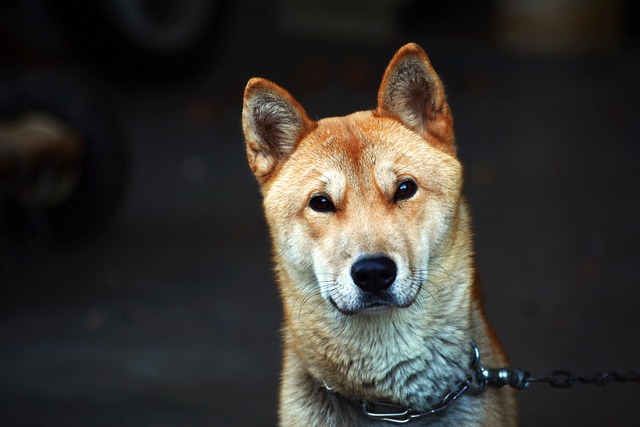
 Exercise is another secret weapon. A tired Pug is a quiet Pug. These dogs love short walks and play sessions, but they don’t need marathon workouts—their squishy faces mean they can overheat easily. A 15-minute walk in the morning and some fetch in the yard in the evening can burn off that excess energy that turns into barking. If you’re stuck inside, puzzle toys filled with peanut butter (make sure it’s xylitol-free!) can keep their brains busy and their mouths shut.
Exercise is another secret weapon. A tired Pug is a quiet Pug. These dogs love short walks and play sessions, but they don’t need marathon workouts—their squishy faces mean they can overheat easily. A 15-minute walk in the morning and some fetch in the yard in the evening can burn off that excess energy that turns into barking. If you’re stuck inside, puzzle toys filled with peanut butter (make sure it’s xylitol-free!) can keep their brains busy and their mouths shut.